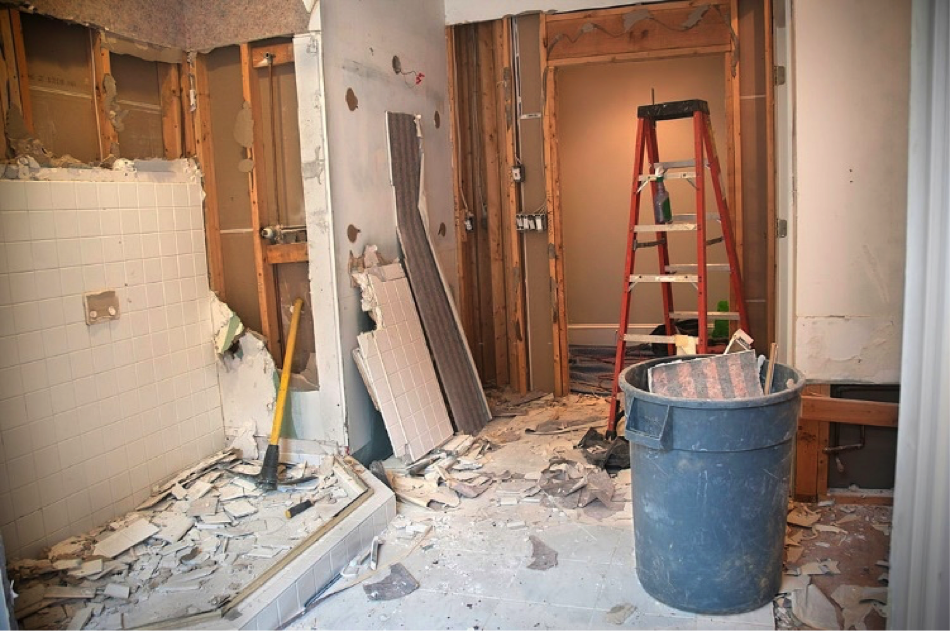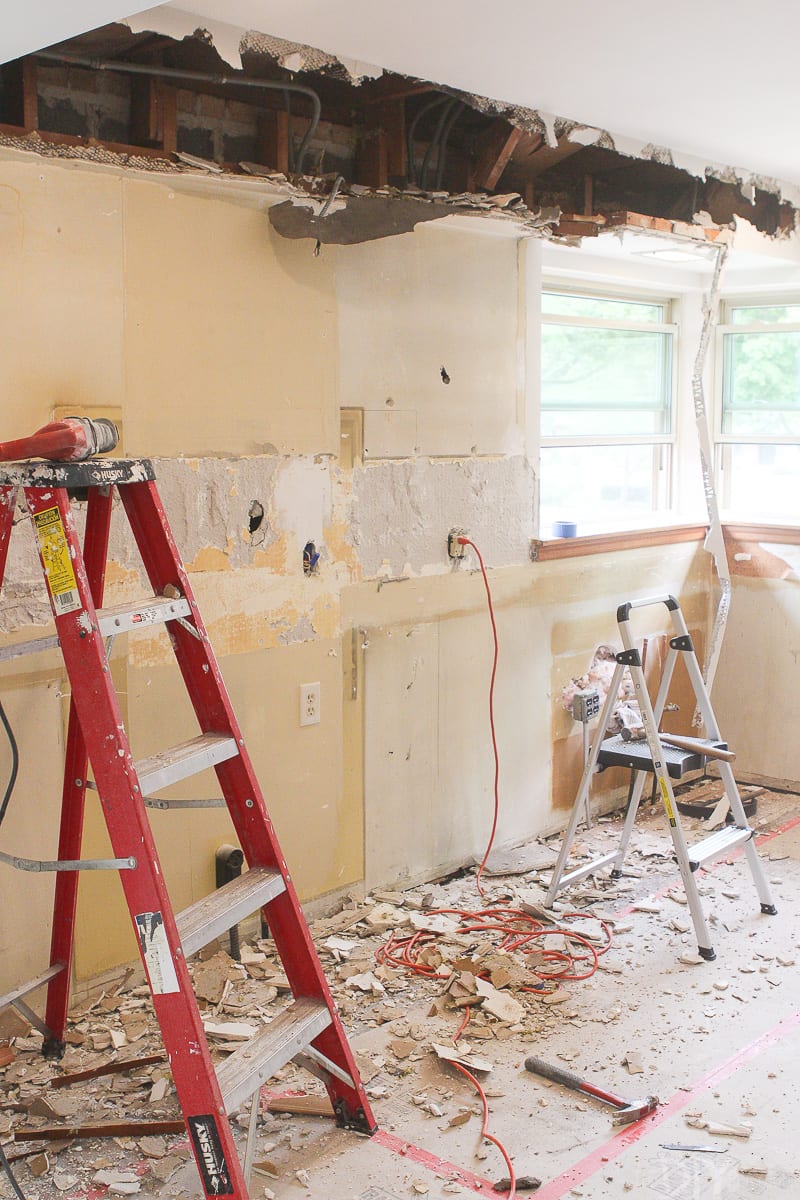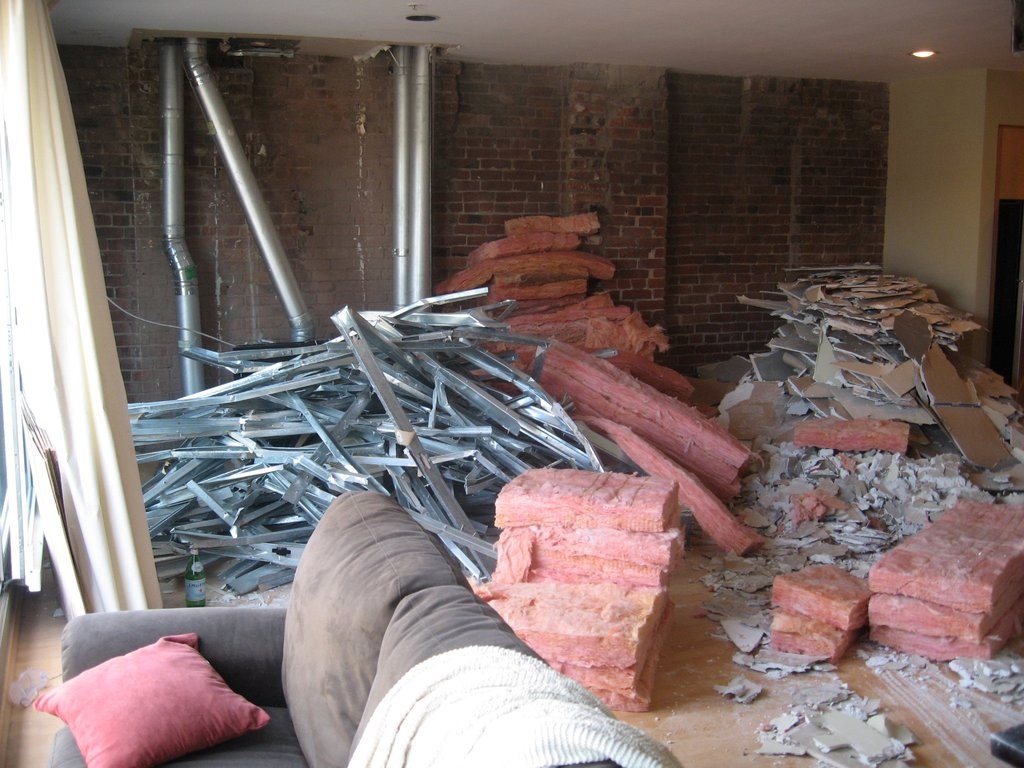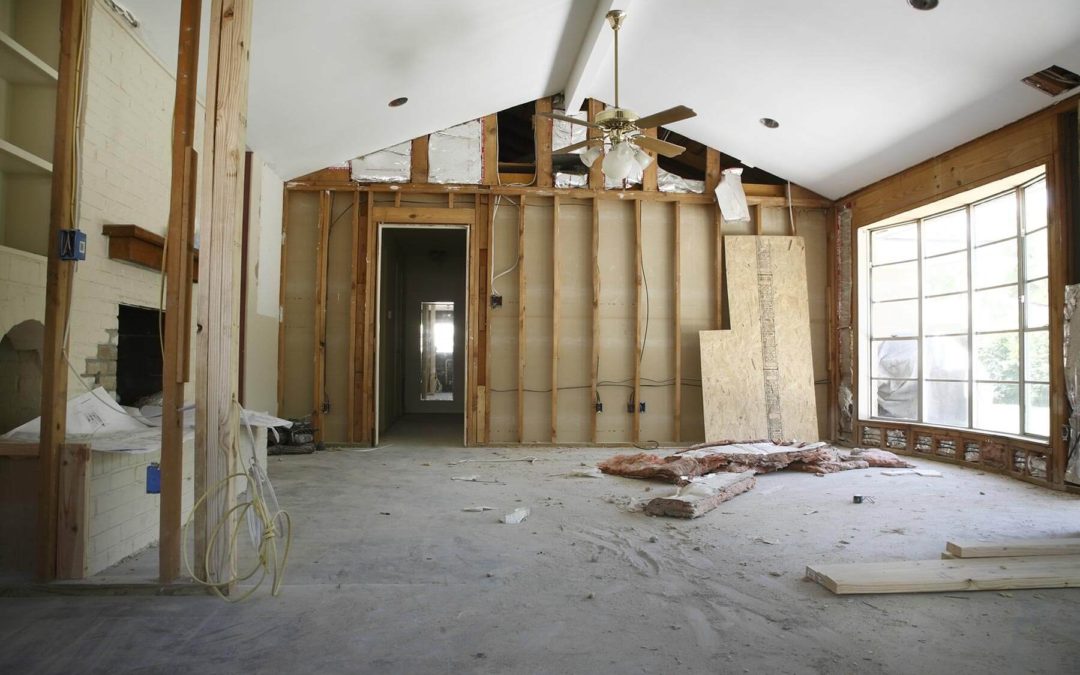Renovate your house? Selective demo is one thing you need to know. Continue reading!

There are times when part of a building needs to be edited and the demolition of the entire building may not be the ideal solution. In this case, the part that needs to be changed or refurbished can be selectively removed so that it can be processed. This is done to protect the integrity of the entire structure and to minimize the impact on ongoing operations. What is called selective demolition. A selective demo can also be called demolition. It uses carefully planned activities and techniques to maximize efficiency through waste reduction. This enables materials to be recycled and reused, thereby reducing negative environmental impacts.
Instead of tearing down an entire building, the owner can try to update the structure by either adding an extension, creating or transforming a room, or generally restoring the health of the building. The selective demo requires careful engineering, precision and expertise. Here you can see different methods for tearing down a structure. Each selective demo is unique and takes into account a number of variables that can directly or indirectly affect the structure in question, even if it is a small outline. It requires a high degree of accuracy in planning and execution, since any mistake can cause damage to the structure, which can lead to delays, repairs, a potential risk to people in the building or even collapse.
Note that the selective demo is not just for buildings. Other structures such as bridges, airport control towers, factory conveyor systems, etc. can also be subjected to this process. Examples of this type of demolition work include removing asbestos, remediating the site, expanding a building, etc. Others are removing roofs, removing stairwells and entrances, and so on. Industries that use a selective demo include:
- Manufacturing
- Financial institutions
- Churches
- Government agencies
- Hospitals and medical facilities
- educational institutions
- Sports facilities
- Warehouses and storage facilities
- Parking lots and garages
- Leisure centers, casinos and clubs.
The selective demo process

Inspection and information gathering
Before the demolition can begin, the construction site must be visited and an inspection must be carried out. Every important variable is taken into account for accuracy and error avoidance. Materials are identified that can be hazardous, that can be recycled, and that other existing structures or supply lines are disrupted. Experts like ASAP Demolition Company will also review all drawings and approvals.
Review of the municipal building code
Each community is different and they each have different building codes that specify their placement, use, and size. Contractors collect information about these codes and learn what is or is not allowed and what can and cannot be done. This includes codes that can be related to
- Accessibility
- Pedestrian protection
- Egresses
- Clearances
- Maximum building height
- Permitted base areas
- Noise level
- Local services and so on.
If all of this is known, the contractor can start the project with more confidence.
Cut and seal
After reviewing the building, it's time to send in the technicians. Since a building for selective demolition is a living building, the most important operational functions are shortened and limited. This ensures safety when terminating. For this purpose, the electrician cuts the power supply, the technicians switch off the HVAC system, the installers close all open pipes and so on.

Prepare the building
Once information has been gathered, the customer's goals are known and all approvals have been secured, the structure is prepared for demolition. This can include removing some components, getting everything the customer wants to keep, and installing temporary lighting. Building materials are also separated to produce recyclable materials that can be reused or sold.
Strip to Shell
At this point, specialists will dismantle all of the architectural, electrical and mechanical elements of the structure and leave the building envelope. If more demolition work needs to be done, other experts are used to remove additional or unwanted components.

Support the structure
The selective demolition process ends after the building has been demolished and the experts have supported the structure. All materials that can be reused, reused or sold are separated and the non-recyclable materials are brought to the landfill. From this point on, the structure is now ready for conversion.
More information about the selective termination processes can be found here.
Conclusion
If the selective demolition is done correctly, costs and time can be saved while maintaining the integrity of the attached structure. Instead of smoothing your structure, you can reduce waste and help the environment by getting the right experts to do it.




